Common Name(s): Mexican Mahogany, Pacific Coast mahogany, caoba del Pacifico
Scientific Name: Swietenia humilis
Distribution: Primarily southwestern Mexico south to Nicaragua and Costa Rica
Tree Size: 40–65 ft (12–20 m) tall,
1–2 ft (.3–.6 m) trunk diameter
Average Dried Weight:AVERAGE DRIED WEIGHT
Density is the measurement of a wood’s weight per unit volume. Here, "dried weight" specifically refers to wood at 12% moisture content, and values are given in pounds per cubic foot and kilograms per cubic meter. Also keep in mind that density commonly varies by +/- 10% from the average.
Click on the link "Average Dried Weight" for more details. 43.1 lbs/ft3 (690 kg/m3) Medium-Low WEIGHT TIERS
Extremely Low: 0+ kg/m3
Very Low: 420+ kg/m3
Low: 520+ kg/m3
Medium-Low: 620+ kg/m3
Medium: 730+ kg/m3
Medium-High: 840+ kg/m3
High: 960+ kg/m3
Very High: 1,080+ kg/m3
Extremely High: 1,200+ kg/m3
Tiers are based on CSIRO provisional strength groupings (SD1-SD8) based on density.
Janka Hardness:JANKA HARDNESS
This test measures a wood’s resistance to indentation, and is the pounds of force (or Newtons) required to embed a .444" (11.28 mm) diameter steel ball halfway into the wood. Values are for side grain, measured at 12% MC.
Click on the link "Janka Hardness" for more details. 1,200 lbf (5,340 N)* Medium-Low JANKA HARDNESS TIERS
Extremely Low: 0+ N
Very Low: 2,050+ N
Low: 3,150+ N
Medium-Low: 4,480+ N
Medium: 6,280+ N
Medium-High: 8,380+ N
High: 11,080+ N
Very High: 14,000+ N
Extremely High: 17,450+ N
Tiers are derived from CSIRO provisional strength classifications (SD1-SD8) in conjunction with the USDA's estimated hardness based on density.
*estimated hardness based on specific gravity
† No strength or shrinkage data available; values are most likely very similar to the related Honduran mahogany (Swietenia macrophylla)
Color/Appearance: Heartwood color can vary a fair amount, from a pale pinkish brown to a darker reddish brown. Color tends to darken with age. Mahogany also exhibits an optical phenomenon known as chatoyancy.
Grain/Texture: Grain is more likely to contain knots, irregular grain, or other defects than Honduran mahogany on account of the smaller tree size. Texture is medium and uniform, with moderate natural luster.
Rot Resistance: As a non-commercial species, there have been no reports that directly evaluate Swietenia humilis. Its durability more than likely is equivalent to wild mahogany trees, S. macrophylla and mahogani (i.e., durable to very durable). Mahogany heartwood is generally resistant to termites, though vulnerable to other insects.
Workability: Typically very easy to work with both hand and machine tools. (With exception to sections with figured or irregular grain, which can tearout or chip during machining.) Slight dulling of cutters can occur. Sands very easily. Turns, glues, stains, and finishes well.
Odor: No characteristic odor.
Allergies/Toxicity: Although severe reactions are quite uncommon, mahogany has been reported as a sensitizer. Usually most common reactions simply include eye, skin and respiratory irritation, as well as less common effects, such as boils, asthma-like symptoms, nausea, giddiness, and hypersensitivity pneumonitis. See the articles Wood Allergies and Toxicity and Wood Dust Safety for more information.
Pricing/Availability: Mexican mahogany is a small tree with a nearly non-existent commercial presence. “For commercial purposes Swietenia humilis Zucc. can be practically ignored.”[1]Record, S. J., & Hess, R. W. (1943). Timbers of the New World (p. 368). Yale University Press. Small pieces may be available locally, or on a very limited scale. Nevertheless, it’s still listed on CITES Appendix II with the other two Swietenia species, and is still subject to the same export restrictions as the commercial species.
Sustainability: This wood species is in CITES Appendix II, and is on the IUCN Red List. It is listed as endangered due to a population reduction of over 80% in the past three generations, caused by a decline in its natural range, and exploitation.
Common Uses: Larger commercial mahogany pieces are used for furniture, cabinetry, turned objects, veneer, musical instruments, boatbuilding, and carving.
Comments: Among woodworkers, this tree is most commonly called Mexican mahogany, though the tree is native to dry coastal regions of both Mexico and Central America down to Costa Rica. In other contexts, the tree is much more commonly referred to as Pacific Coast mahogany, or the Spanish equivalent, caoba del Pacifico. Given its occurrence in these drier areas, these trees tend to grow slower and yield, on average, slightly denser wood than their tropical Swietenia relatives. Surprisingly, plantation-grown S. humilis actually grows faster than the other species under such favorable conditions—showing that the species is well-adapted to the drier climates and can actually make better use of limited resources.[2]Whitmore, J. L., & Hinojosa, G. (1977). Mahogany (Swietenia) hybrids (Forest Service Research Paper ITF-23). U.S. Department of Agriculture, Forest Service, Institute of Tropical Forestry.
But despite the wood having slightly higher average density values, and presumably, commensurately higher mechanical values across the board (this is only inferred due to observations on commercial mahogany and the effect of growing conditions on wood strength),[3]Langbour, P., Gérard, J., Roda, J. M., Fauzi, P. A., & Guibal, D. (2011). Comparison of wood properties of planted big-leaf mahogany (Swietenia macrophylla) in Martinique island with naturally … Continue reading Mexican mahogany tends to have an unfavorable reputation for producing inferior wood. This is undoubtedly due to the tree’s small size and somewhat twisted and branching growth habit, leading to wood that frequently contains knots, defects, or other irregular grain. (Indeed, the Latin species name humilis is where we get our english word humble, and denotes a tree that is small or dwarfish.) On a practical level, if clear and defect-free lumber can be found, S. humilis is likely to furnish very high quality lumber on par with old-growth wild Honduran mahogany.
Images: Drag the slider up/down to toggle between raw and finished wood.
Identification: See the article on Hardwood Anatomy for definitions of end grain features.
Porosity:POROSITY
Specifies the overall pore structure (ring-porous, semi-ring-porous, or diffuse porous), and notes if annual growth rings may still be seen even for diffuse porous hardwoods.
Click on the link “Porosity” for more details. diffuse porous; growth rings usually distinct due to marginal parenchyma bands
Arrangement:ARRANGEMENT
Describes the more individual pore arrangements found throughout the end grain surface, such as solitary, multiples, chains, clusters, etc.
Click on the link “Arrangement” for more details. solitary and radial multiples
Vessels:VESSELS
Describes the relative size and frequency of the pores (vessels), as well as any contents found in the pores, such as tyloses, colored mineral deposits, etc.
Click on the link “Vessels” for more details. large, few; reddish brown deposits occasionally present
Parenchyma:PARENCHYMA
Describes the pattern(s) of the parenchyma cells seen on the endgrain, such as vasicentric, aliform (winged or lozenge), confluent, and banded.
Click on the link “Parenchyma” for more details. vasicentric, banded (marginal)
Rays:RAYS
Describes the relative width and frequency of the rays (appearing as thin vertical lines on the endgrain), as well as a note on if these rays are visible with/without magnification.
Click on the link “Rays” for more details. medium width, normal spacing; most rays are generally not visible without magnification
Lookalikes/Substitutes: Khaya species (known commercially as African mahogany) are the closest in both appearance and anatomy. Swietenia species usually have marginal parenchyma bands, while Khaya species typically lack such bands. See the article Mahogany Mixups for more info.
Notes: Marginal parenchyma bands tend to be tighter and more closely spaced than the two other Swietenia species, reflecting a slower growth rate from the drier climates of S. humilis. However, wood of all three species is indistuigishable from each other.
Related Content:
References[+]
| ↑1 | Record, S. J., & Hess, R. W. (1943). Timbers of the New World (p. 368). Yale University Press. |
|---|---|
| ↑2 | Whitmore, J. L., & Hinojosa, G. (1977). Mahogany (Swietenia) hybrids (Forest Service Research Paper ITF-23). U.S. Department of Agriculture, Forest Service, Institute of Tropical Forestry. |
| ↑3 | Langbour, P., Gérard, J., Roda, J. M., Fauzi, P. A., & Guibal, D. (2011). Comparison of wood properties of planted big-leaf mahogany (Swietenia macrophylla) in Martinique island with naturally grown mahogany from Brazil, Mexico and Peru. Journal of Tropical Forest Science, 252-259. |

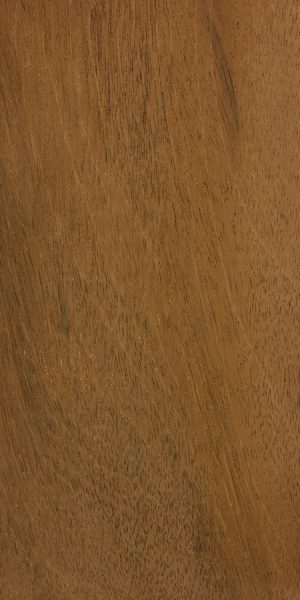
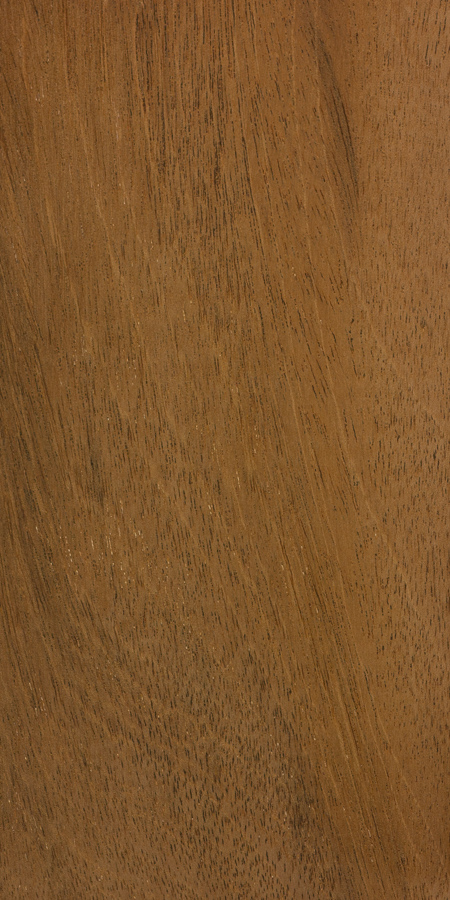
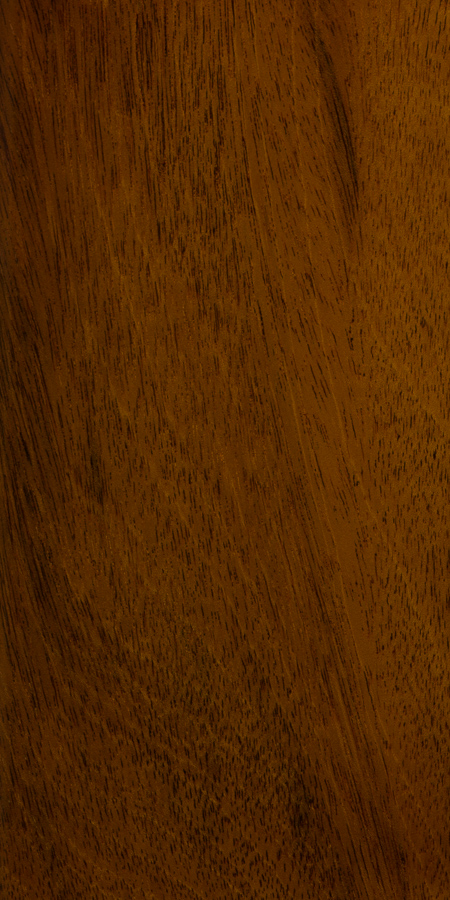

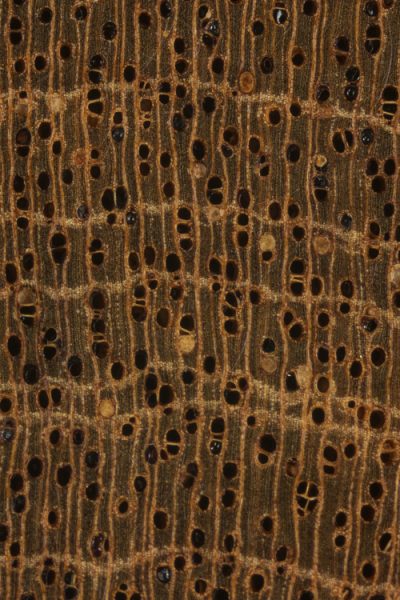

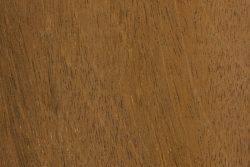
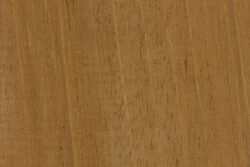
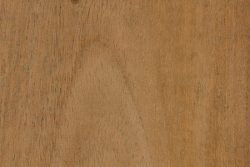
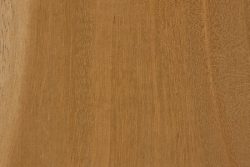
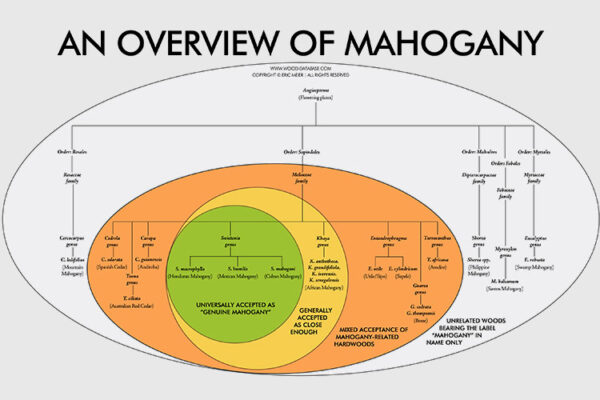
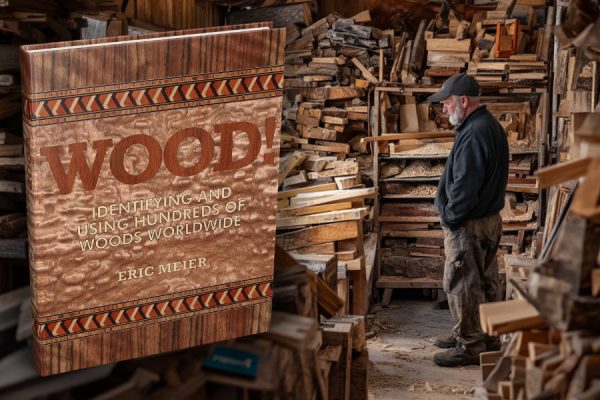
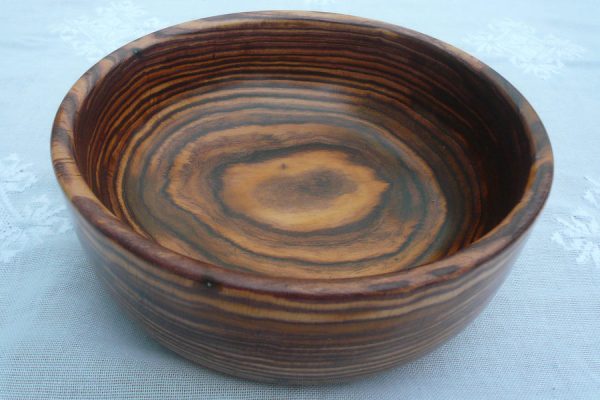
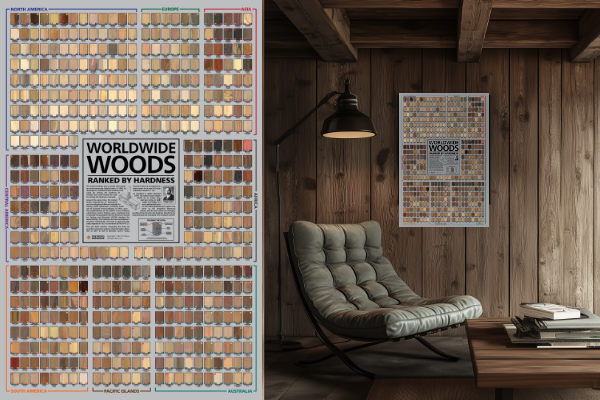
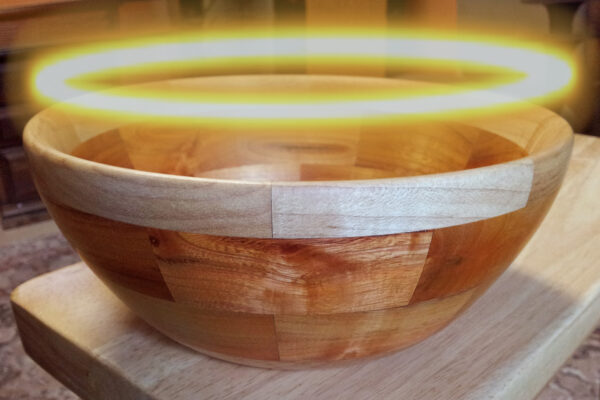
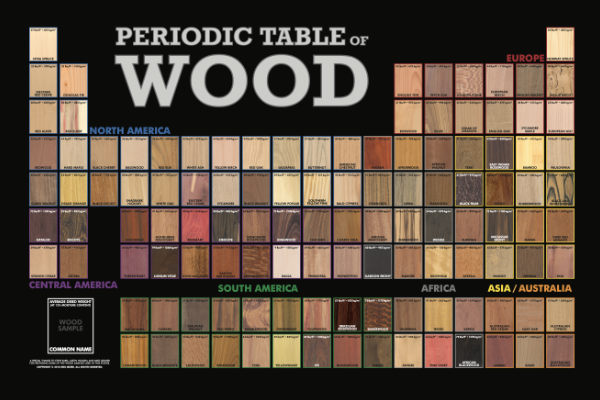
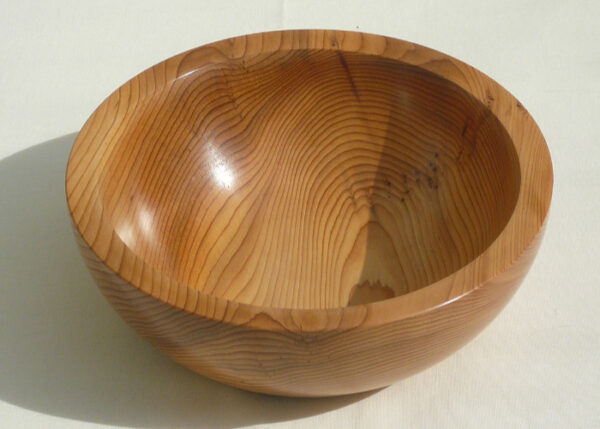
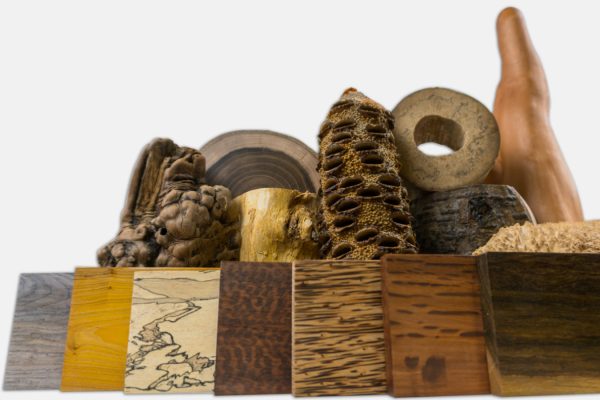
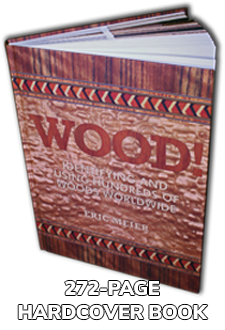


I have some of this as it grows in the area where I reside. It is very dense much more so than Honduras mahogany. Somewhat of a medium golden brown color not redish.
I was looking around in the shop and came across another piece of Mexican mahogany and it is a deep redish brown just want to correct what I said in the first post. Both pieces came from trees grown fairly near each other. West coast of Mexico a few hours north of Puerto Vallarta.
I’m in the uk , have several boards of it planed it up and good lord its gorgeous, I also got a lot of what looks like Honduran rosewood but weighs a lot more and has no scent the sawdust is green to start with but then goes black… it weighs like lignum but is looks nothing like it , huge wide boards too
Why is there no data on Mexican mahogany ? I just came into a fair amount of very old stock (had been sitting in a workshop for decades) and would love to know a bit more about it
It is a small tree and not really harvested commercially, so there’s not much data on it at the moment. It should be very similar to Honduran mahogany, though I’m sure that will depend on the tree and if it is free of knots, defects, etc.
It makes good guitar necks is all I know. Let me know if you’re willing to sell some.